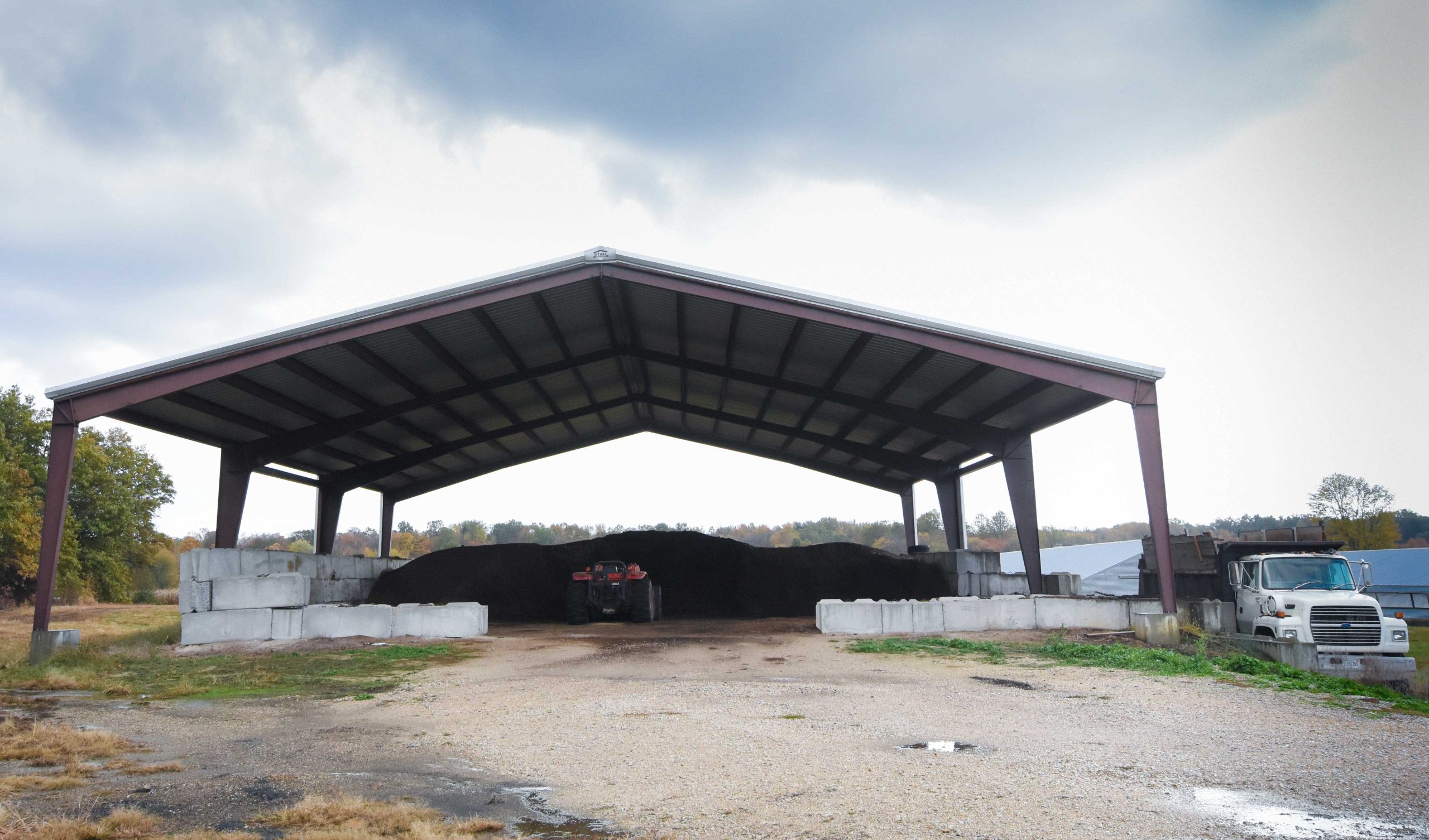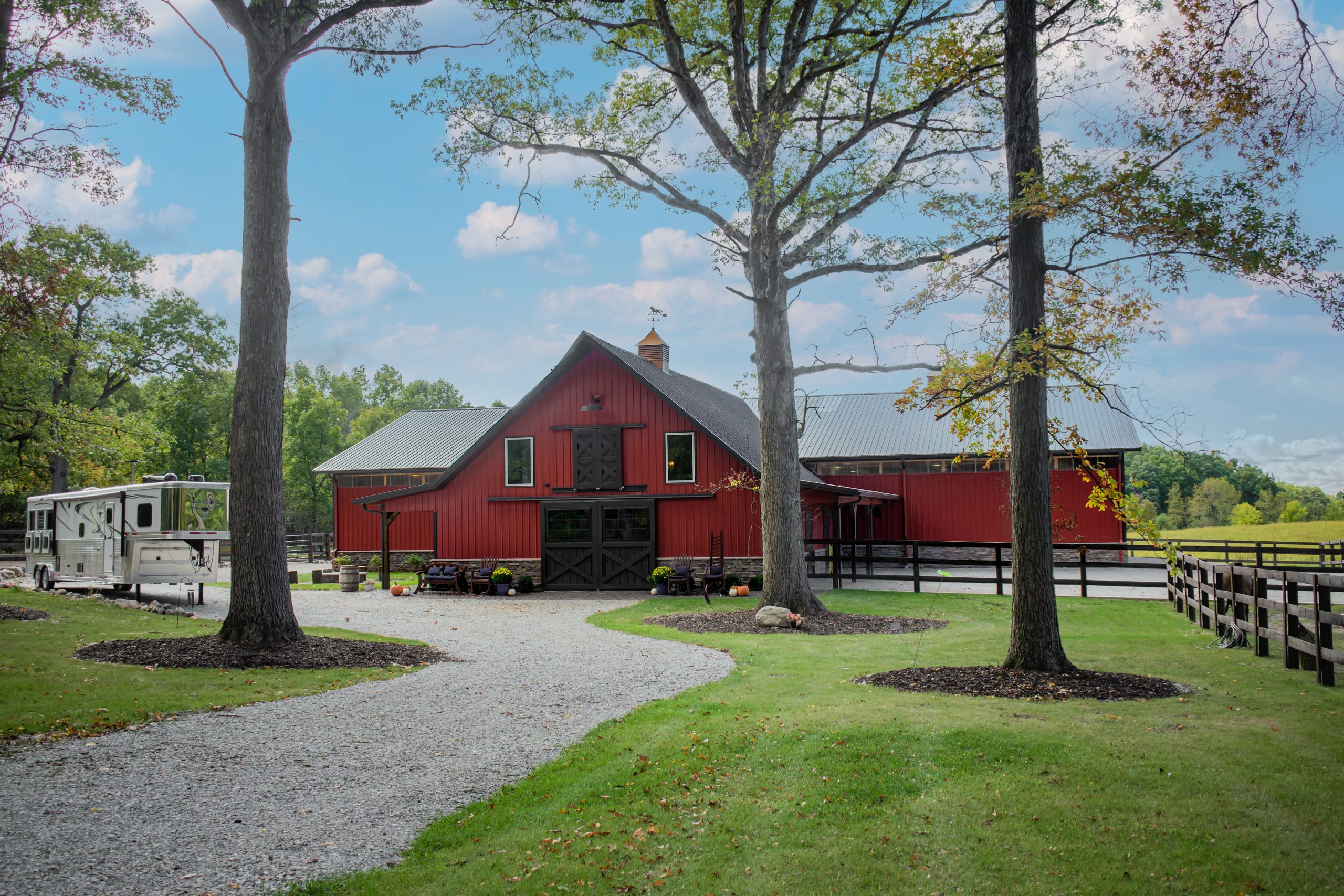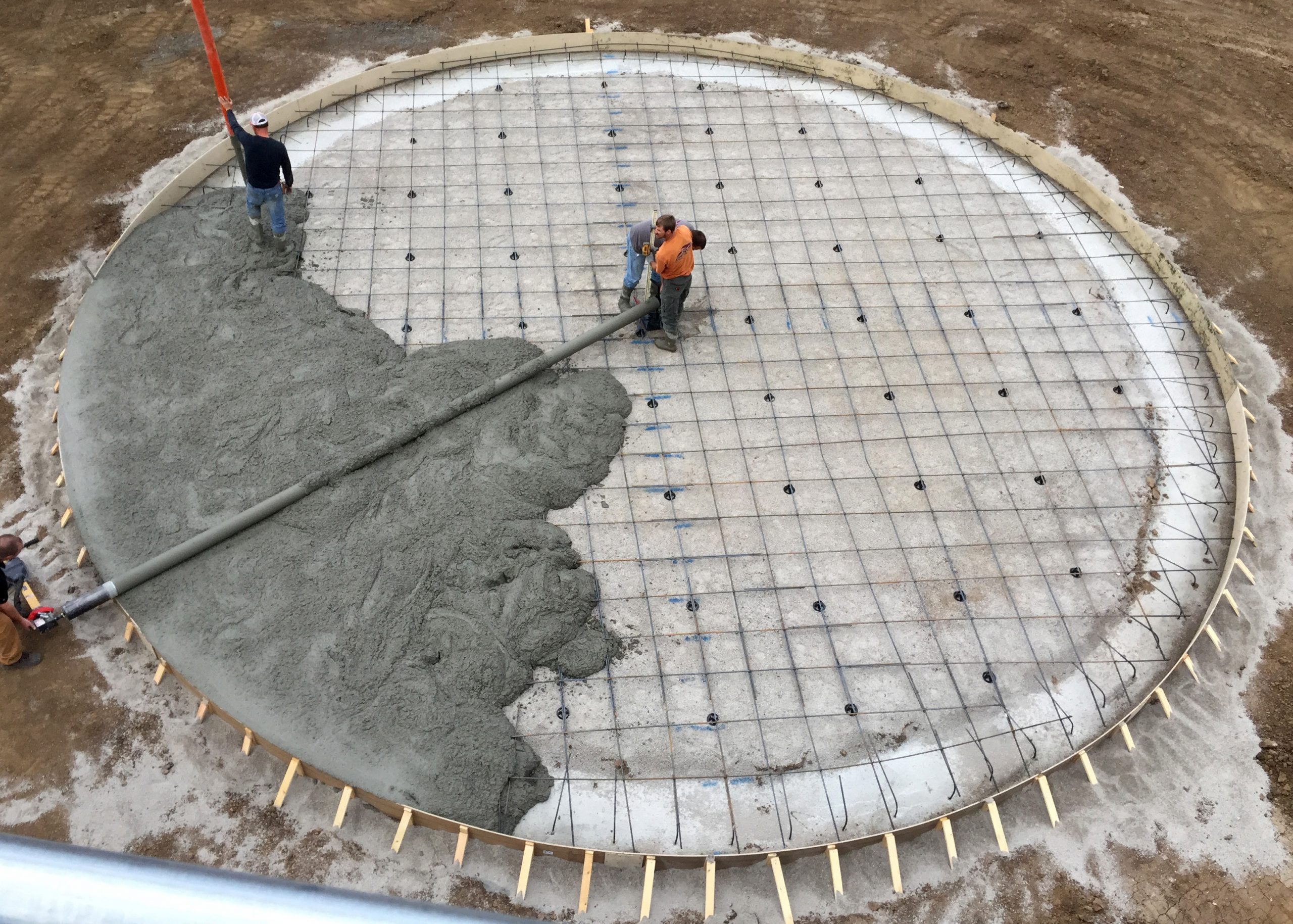By Jacob Prater, University of Wisconsin- Stevens Point
I am no stranger to manure. As a graduate student studying soil science at Iowa State University, one of my first jobs was to collect manure samples from a variety of sources all over the state of Iowa. These were bulk samples of usually 30-50 gallon size, sometimes dry and sometimes as a slurry. Samples varied from having no included bedding to large amounts in the form of straw, grain chaff, or wood shavings. The operations that I collected samples from had various different manure management systems in place varying from lagoons to dry stack storage. I even saw a pile of poultry manure that would dwarf modest two-story houses (complete with American flag planted in the summit!). Now that I live in Wisconsin, I have also seen lots of different manure management surrounding dairy operations, as well. Suffice it to say, I have smelled and seen them all.
Managing Manure
Managing livestock waste or manure is a necessary part of any animal operation. There are a variety of tools and methods for managing manure and the option that is best varies from one farm to the next. The variables that should be considered when selecting the best manure management strategy include the number and type of animals, the land base of the operation, the climate where the operation is located, and the soil and water resources in the area.
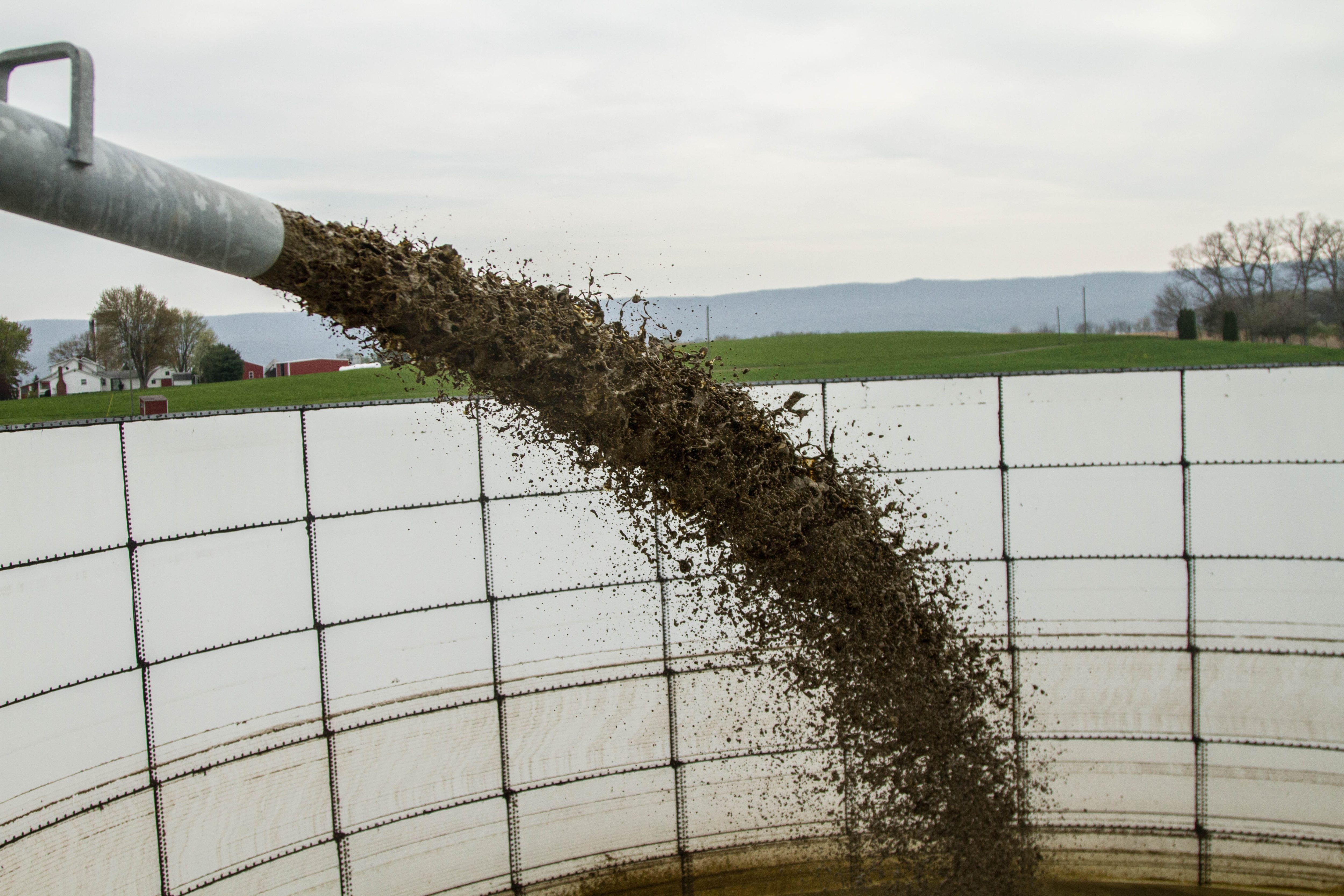
I am by no means unbiased in suggesting that there is a “best” strategy in each scenario and circumstance, and you as the reader certainly do not have to agree with me. But I think we can agree on several things:
• Animal health and welfare is a very important part of manure management.
• Manure management has to be financially sustainable.
• The negative effects that an operation’s manure management might have on soil and water resources that affect your neighbors should be minimized.
Within this framework, there are many different ways to manage livestock manure with each one having a different set of challenges and impacts on soil, surface water, and groundwater.
A simple approach I often take when trying to understand something is to exaggerate it and evaluate it. Using that approach, a pretty simple result is that gigantic piles or lagoons full of manure are not a winning strategy. I don’t mean to say that we shouldn’t use piles (also called stacks or stacking) and lagoons (or impoundments), but instead to say that they have a scale issue. Simply put, as they grow in size, so do the infrastructure costs, transportation costs, and soil and water impacts. And ultimately, they can get too big to function in the framework of economics and impacts on your neighbors.
So let’s start with the simplest manure management strategy , (from an infrastructure standpoint) and evaluate from there.
Animals on Pasture
Animals on pasture all the time is the lowest infrastructure manure management strategy. Make no mistake, though, you can really screw this one up, just like you can any other waste-handling strategy. The manure management here hinges on one type of infrastructure and the animals themselves. Essentially your fencing is your management structure and the animals will do the spreading for you with no bedding required.
Proper management of forage in this scenario will lead to improved soil and great water quality. The limitation is that you may not be producing as many animals per land area as some other strategies, but you will maximize your profits with really low inputs if you do this right.
The strategy I am suggesting here is Managed Intensive Grazing (or “rotational grazing”) with multiple paddocks (20 to 30+ depending on climate and soils), not continuous grazing (one big pasture or even several large pastures). Animals on pasture, done wrong with too many animals, off-site feed, and constant access to all areas of the pasture all the time can lead to some of the most devastating impacts on soil and water resources and your neighbors that can be imagined.
Do it right, though, and you have a winning strategy of livestock production, economic sustainability, and environmental improvement.
Yes, I get a little enthusiastic about this topic, but only because it is how cheeseburgers, fried chicken, and eggs can make the world better when produced with the right management.
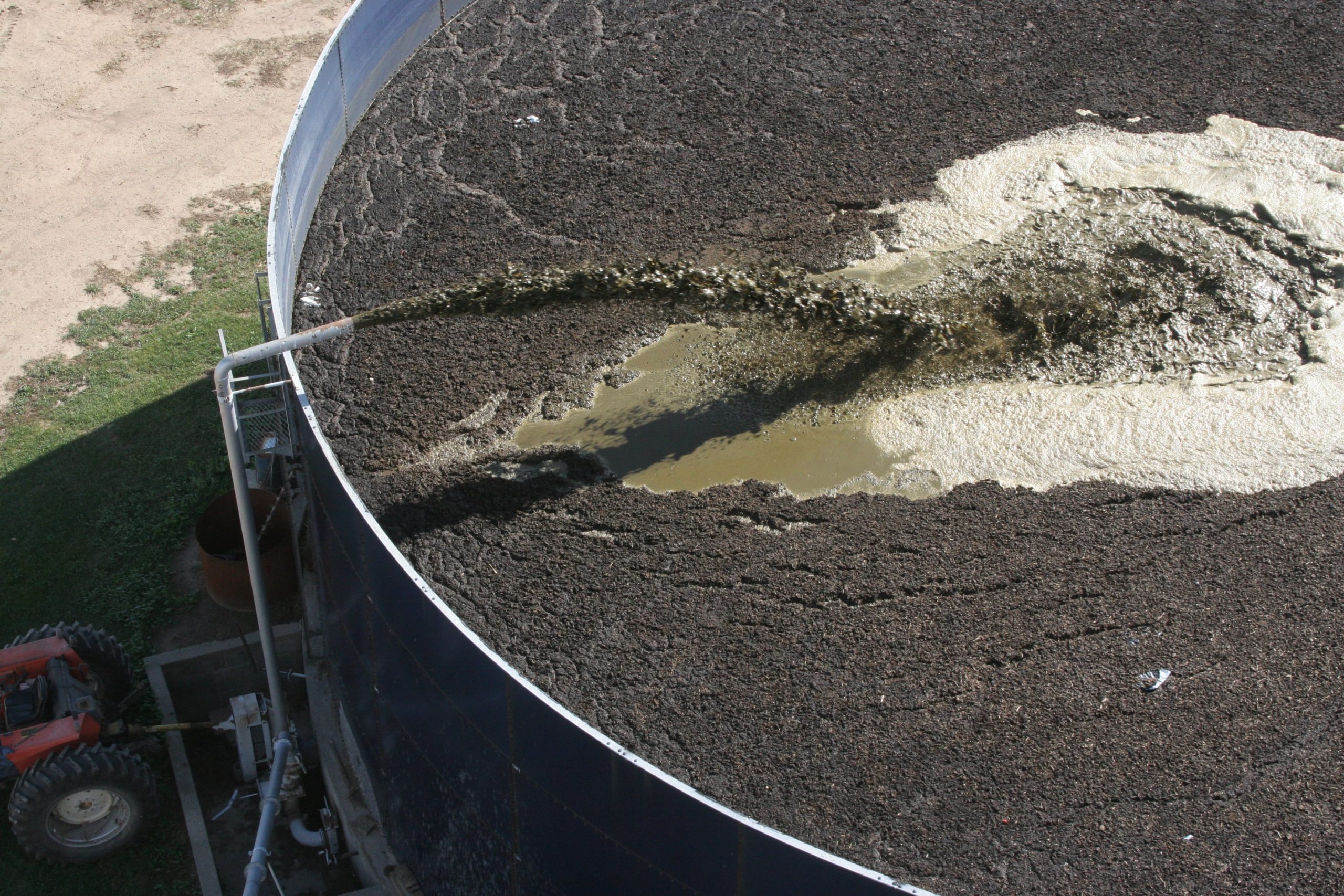
When To Get a Structure
Using a rotational strategy may not always work and may not be the choice that you make for your operation. Instead, it may be that climate or the products you are producing dictate something a little different. Typically, that means that you choose to use buildings in your livestock production.
Some kind of structure may be required for dairy or poultry animals (among others) for all or part of your production. If this is the case, then you will need to handle manure and likely store it for some length of time before land-applying it. This approach, like any other, can be done well or poorly.
Manure storage structures vary from impoundments (lined compacted earthen basins), to dry stacks (with covers or roofs), or even metal storage tanks. How you store manure depends on the type of livestock you have, the bedding you use, and your available land, materials, and capital. Each of these structures can function very well to contain manure until you are ready and able to land apply it. If you have shallow groundwater, then the impoundments are usually not an option. But you may be able to still use a constructed tank if you are handling a manure slurry.
If you are using organic bedding, then most likely you are going to handle your manure as a solid and you will be “dry” stacking it. Whichever storage structure type you decide to use, there are requirements to mitigate losses of both runoff and leaching of manure as well as siting requirements for the structure itself. Impoundments require extra capacity so they don’t overflow, and structures for stacking require runoff capture and often a cover of some type.
Your Bedding Choice
While a bedding choice for your animals affects your storage options, it is also a really important factor in animal health and welfare as well as nutrient availability and water quality impacts. Some choices here such as sand may be quite economical (they are reusable) and very hygienic for dairy animals, but they lack an ability to stabilize nutrients, namely nitrogen.
If your choice is sand bedding, you are likely to be handling manure as a slurry and you are much more likely to have some issues with nitrate leaching in your fields and potentially with runoff, as well. In contrast, if you choose to use an organic bedding such as straw or wood shavings, there is an added benefit of retaining more nitrogen from the manure and urine of your animals, but a trade-off in that you have to find a source for the material all the time (reusing it is tricky), and you have a material that has greater bulk that you have to deal with now (you can’t pump or spread it quite as easily). The organic bedding mixed with manure is less likely to cause runoff and leaching issues and will have a bonus in that the nutrients available in it will slowly become plant-available throughout the growing season as your crops need them. Basically, the carbon in your shavings or straw will get bound up with nitrogen and phosphorus via microorganisms, making both less likely to be in a dissolved form where runoff or leaching could occur.
All of that said, it isn’t at all uncommon to use different bedding and storage strategies within an operation. For example, sand for the dairy cows (for the hygiene factor) and organic bedding for calves and beef animals in the same operation.
Where To Put Manure
Once your storage is designed and installed, and you are maintaining it well, the other variable is application of that manure to yours or the acres of others. Manure application is where most potential negative impacts on soil and water (the stuff that can affect your neighbors) occur.
Some simple things to do here can really help mitigate these issues.
The right rate.
You always want to be applying your manure at a rate (gallons/acre, tons/acre, etc.) that doesn’t exceed what your crops need to grow and yield well.
The right time.
Applying manure at the right time is critical to both the health and nourishment of your crops as well as reducing runoff losses and leaching of valuable nutrients to groundwater.
The right place.
This means putting manure where you need it and avoiding areas where there is a high risk of loss of nutrients to lakes, rivers, streams, or groundwater.
The Right Source.
You already have it. Manure is a fantastic source of nutrients for fertilizing crops. But it can be made more effective via composting, using organic bedding, and proper storage. Together these tips are called the 4 “R”s of nutrient management.
Most issues created by livestock waste handling are water quality issues. These arise from either runoff and erosion (water moving over the land surface and carrying with it dissolved or suspended manure and soil) or leaching (water carrying dissolved nutrients downward through soil to shallow groundwater).
Properly constructed and maintained manure storage structures seldom create problems in these categories outside of storms that only happen on the scale of every 50 to 100 years. Instead, most of the issues occur with manure application and the soil conditions. Some land management may lead to compaction of soils or other surface conditions (crusting) that reduce water infiltration (water entering the soil). If that occurs, then it is much more likely that there will be runoff and that any applied manure may be lost along with that runoff and end up in a stream. This is more likely to occur where slopes are steeper and soils are finer in texture (more clayey).
In contrast, leaching issues are more likely on flat ground with coarser textured (sandier) soils. One of the worst-case scenarios for water quality impacts comes from spreading manure on frozen ground. This should be avoided whenever possible. It isn’t hard to imagine what happens when the thaw comes if there is manure on frozen ground with any kind of slope.
With all of that in mind, most of the best management practices are available from State Extension and the Natural Resources Conservation Service through either an Extension Agent or your local Soil Conservationist. They can point you to storage design requirements and nutrient application guidelines that will include soil types, soil tests, slopes, crop type, tillage, manure nutrient analysis, and often setbacks from lakes, rivers, and streams.
Following those guidelines should put you in pretty good shape as that is the industry standard. Doing a little better than that is probably a good idea for more than a couple reasons, though. One, the regulations are likely to tighten up and then you will likely be ready. And two, who doesn’t want to do better than their competition (and simultaneously have a smaller impact on their neighbors)? RB
RB
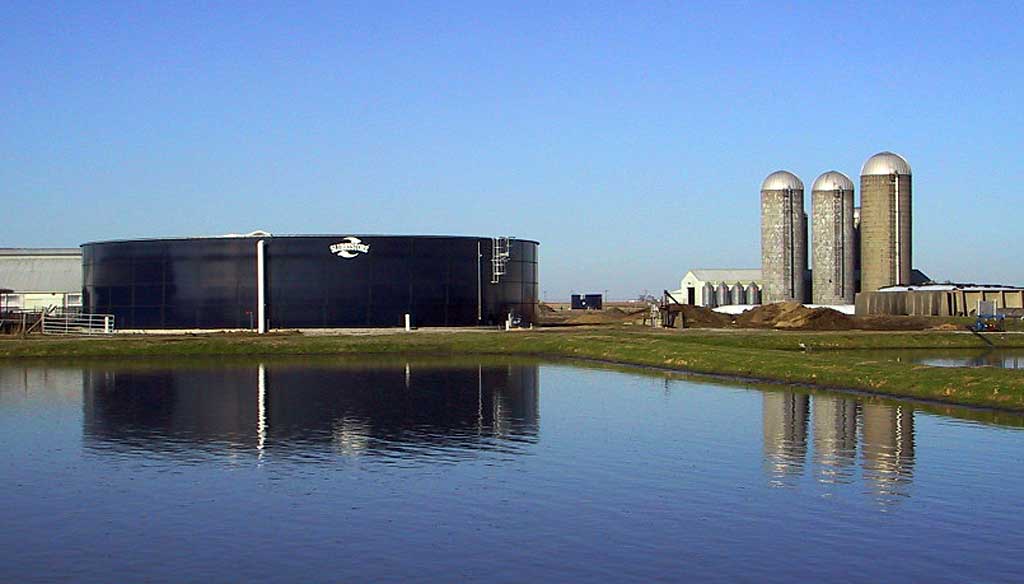
Tips on Waste Management Builds
From the Field
By Linda Schmid
When building a barn, it’s important to plan for the waste since livestock creates a lot of it. Usually the client will know exactly where they want the barn, but it’s best to make sure that they have considered where the waste will go when it is scraped or pumped out of the building. You will want to ensure that it is handy to the barn and easily accessed by waste management vehicles, according to Noah Oberholtzer of Hixwood.
Oberholtzer has seen that many of the dairy farms in Wisconsin use sand for bedding. In that case, you will want to plan a space for a sand separator so the sand can be reused. Meanwhile the manure pit may be unenclosed. This will be a big concrete pit that will likely freeze over the winter and can be emptied in spring. This works well, since spraying over snow is frowned upon because it can lead to runoff when the snow melts. It can also be difficult to get equipment out into the fields through a couple feet of snow.
When planning the size of the barn, the number of animals to be housed must be considered. This is not only so they have enough space, it is also about ensuring the temperature inside the barn. While cows can handle some pretty cold temperatures, the waste will be hard to remove if it freezes. If the number of cows is appropriate to the size of the barn with a good ventilation system, there should be no problem. Insulation can be used to help ensure a warm enough temperature, and the ventilation becomes even more important to maintain a healthy herd.
Warren Bott of WorldWide Steel said that waste management structures can be built like any other ag structures with the difference that they require concrete interiors to withstand the highly acidic effect of animal waste. The exterior can be steel clad, if desired.
Regulations regarding waste management are not found in the building code. The EPA, DNR, and other government agencies may be involved, and depending on who is funding the project, the rules can change. For example, a barn funded by the FSA (USDA Farm Service Agency), will have to meet their specific requirements including building site, concrete, and slope specifications. The good thing is that reputable concrete companies should know what is needed in that location.
Bott notes that agricultural buildings that require waste management bring with them the challenges of specialized equipment which can require more shipping time and a place to store it when it arrives; there is more planning involved. He adds that a good rule of thumb is to protect the equipment that will likely cost more than the building. RB

